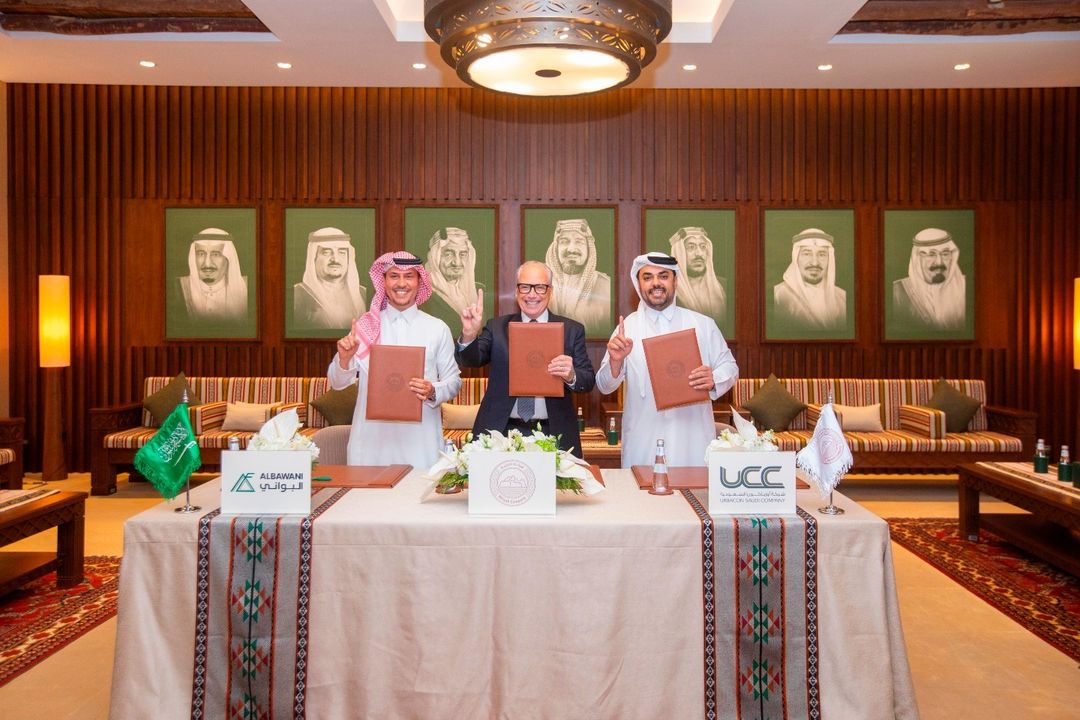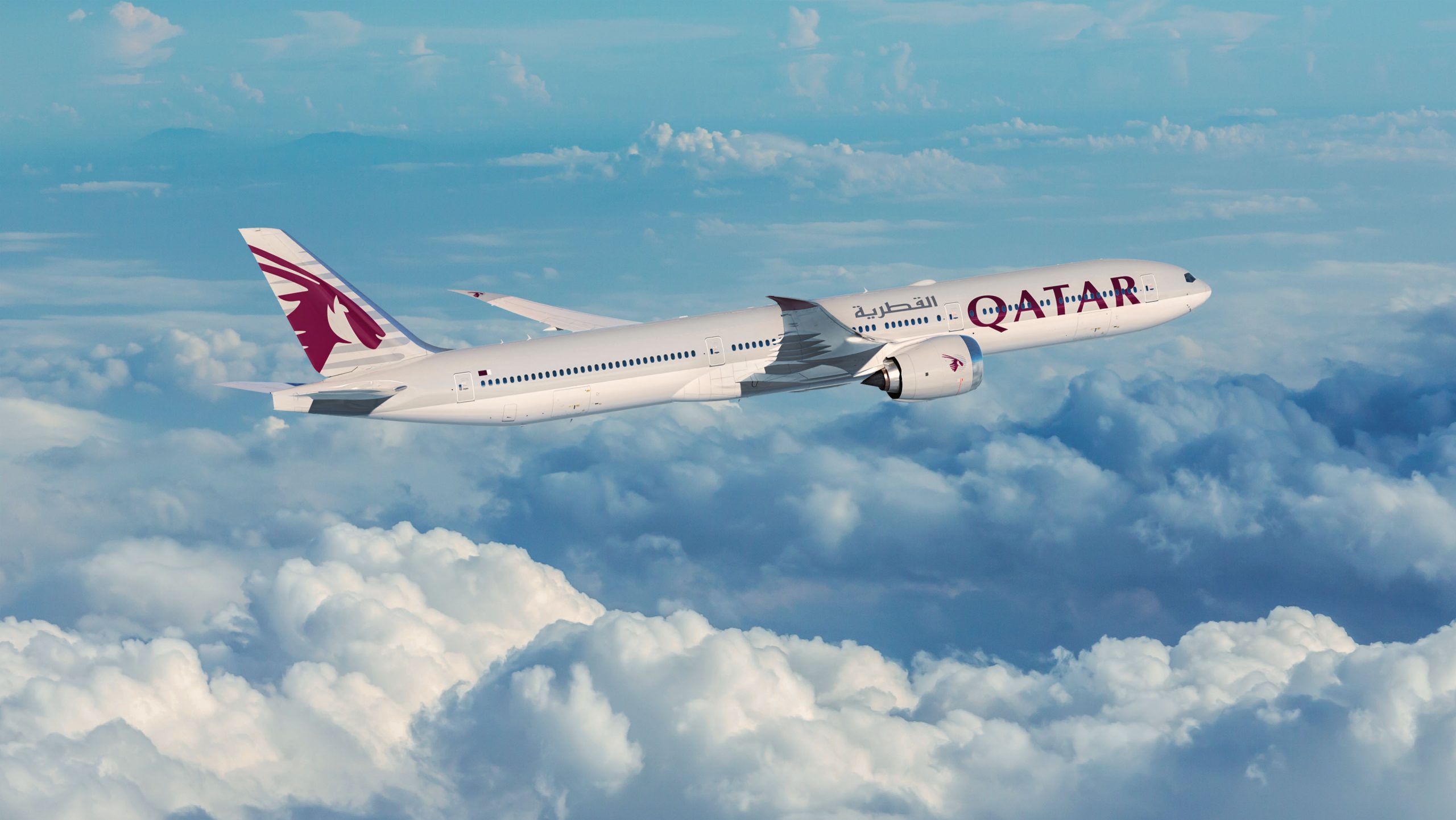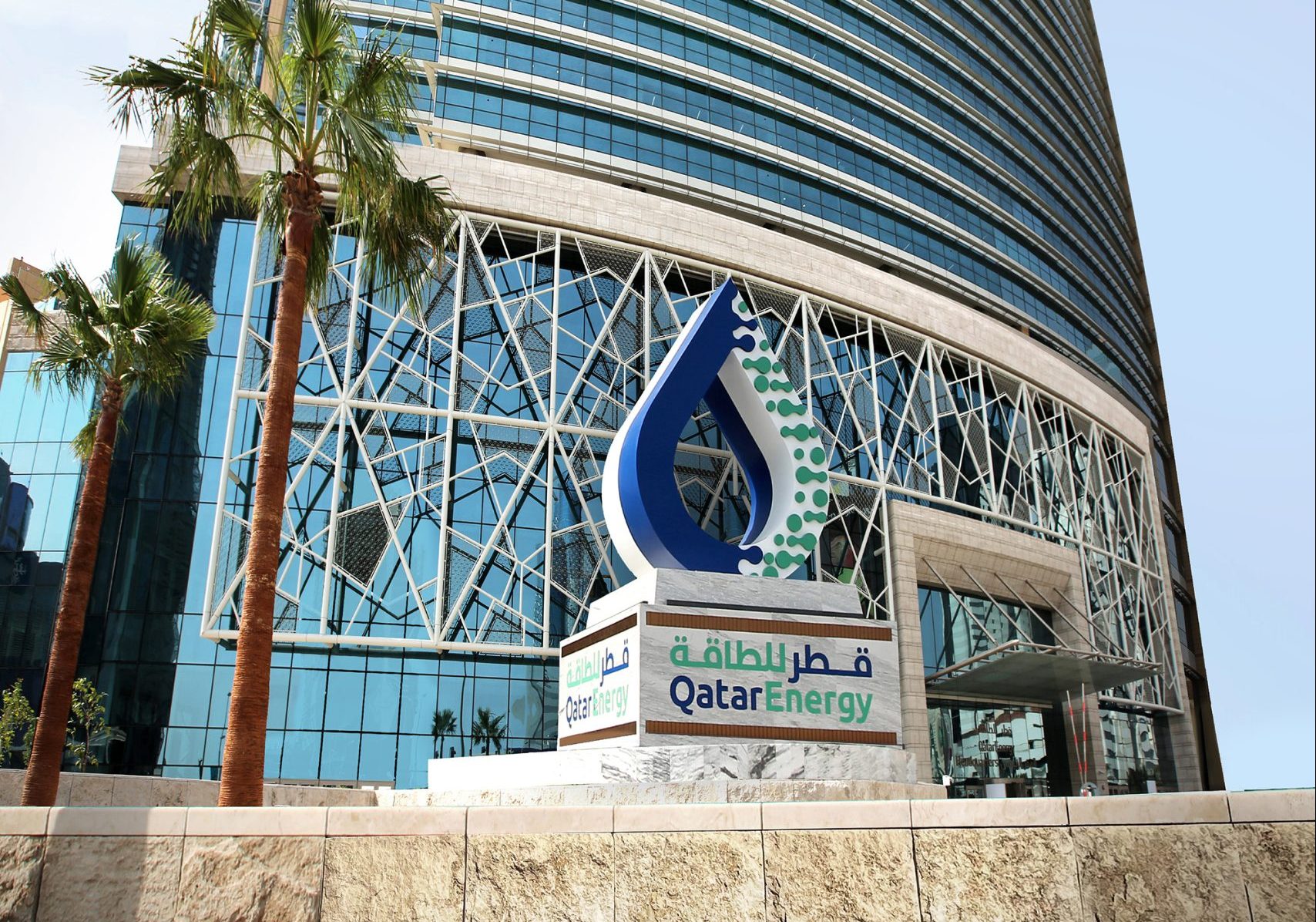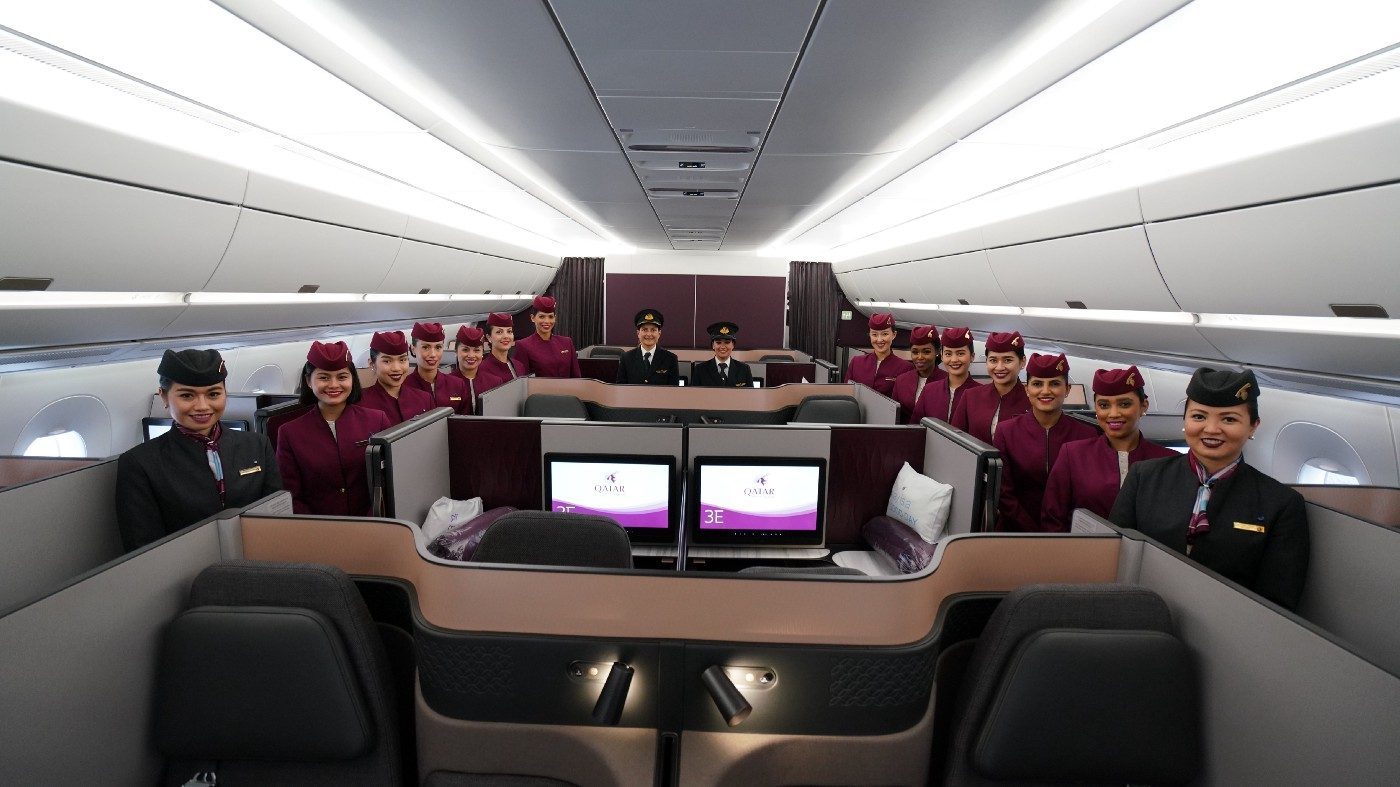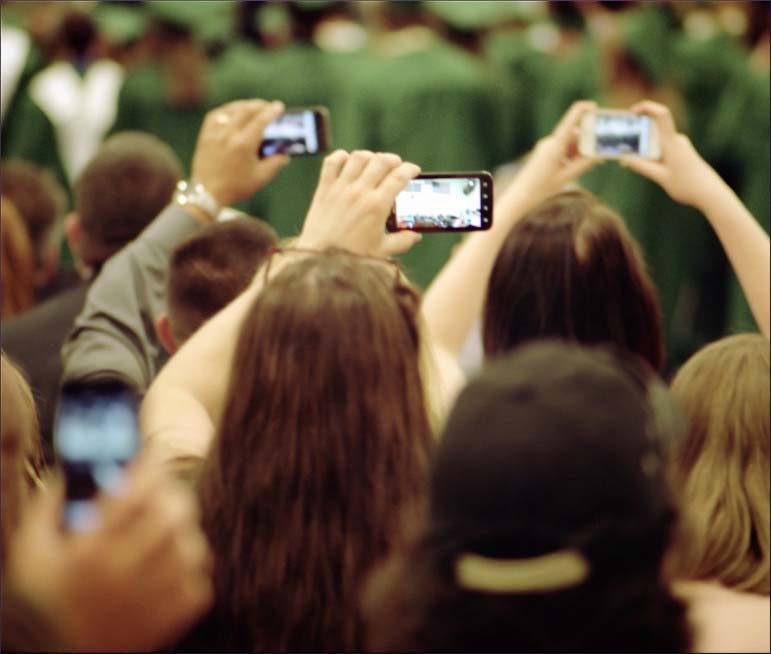
Some smartphone owners in central Doha recently received a major speed boost last month after Ooredoo Qatar activated the latest generation of mobile data technology for its customers.
So-called 4G+, or long-term evolution (LTE) advanced networks, offer speeds twice as fast as 4G, which was rolled out in Qatar in 2013 and 2014.
According to Qatar’s largest telecom provider, the networks offer a theoretical top speed of 225 megabits per second (mbps) – which would allow users to almost instantly download a two-minute, 20-megabyte video clip, for example.
However, Ooredoo added that customers would realistically see speeds of between 40 and 50 mbps – which would be fast enough to download the same video clip in four seconds, according to rough calculations.
That’s up from 15 to 20 mbps on Ooredoo’s standard 4G network and 2-3mbps on 3G.
Features
To put it in different terms, an Ooredoo spokesperson said in practice, 4G+ users should be able to download a one-gigabyte file in less than 30 seconds and stream HD films with no buffering or waiting time.
Additionally, video calls could be made in high resolution at the same quality as over fiber, the spokesperson said.
But for now, the caveat is that new, higher speeds are currently only accessible on four devices, meaning only a fraction of Ooredoo customers will notice a difference.

According to Ooredoo’s website, those with the Huawei E5786, Samsung Galaxy Alpha, Huawei Ascend Mate7 and Samsung Galaxy Note Edge can use the 4G+ network.
It is not clear yet, then, how many users in Qatar have access to the new technology.
The new network covers the area around the Corniche, West Bay Lagoon, Katara, Souq Waqif, Al Rayyan, Al Shahaniya and Sealine, Ooredoo said.
Like 4G services, customers do not have to pay an additional fee to access 4G+ speeds on Ooredoo’s network, a spokesperson said.
Some have previously argued that higher speeds encourage mobile data consumers to spend more money with their provider because they are able to burn through their data plans faster and consume more content in a set period of time.
Rival telecom firm Vodafone Qatar is also planning to introduce a 4G+ network for its customers, but a spokesperson was not immediately available to say when it would come online.
Talks of 5G
Meanwhile, Ooredoo is also eying even greater speeds.
Its chief new business officer, Sheikh Nasser bin Hamad bin Nasser Al Thani, recently told the Qatar Tribune that he wants his company to be the first telecom provider in the world to offer a 5G network to its customers.
According to a BBC report, some researchers believe it will be possible to reach speeds of 800 gigabites per second – fast enough to download 33 high-definition films in a single second.
However, 5G networks are not expected to make a commercial debut before 2020.
Thoughts?


